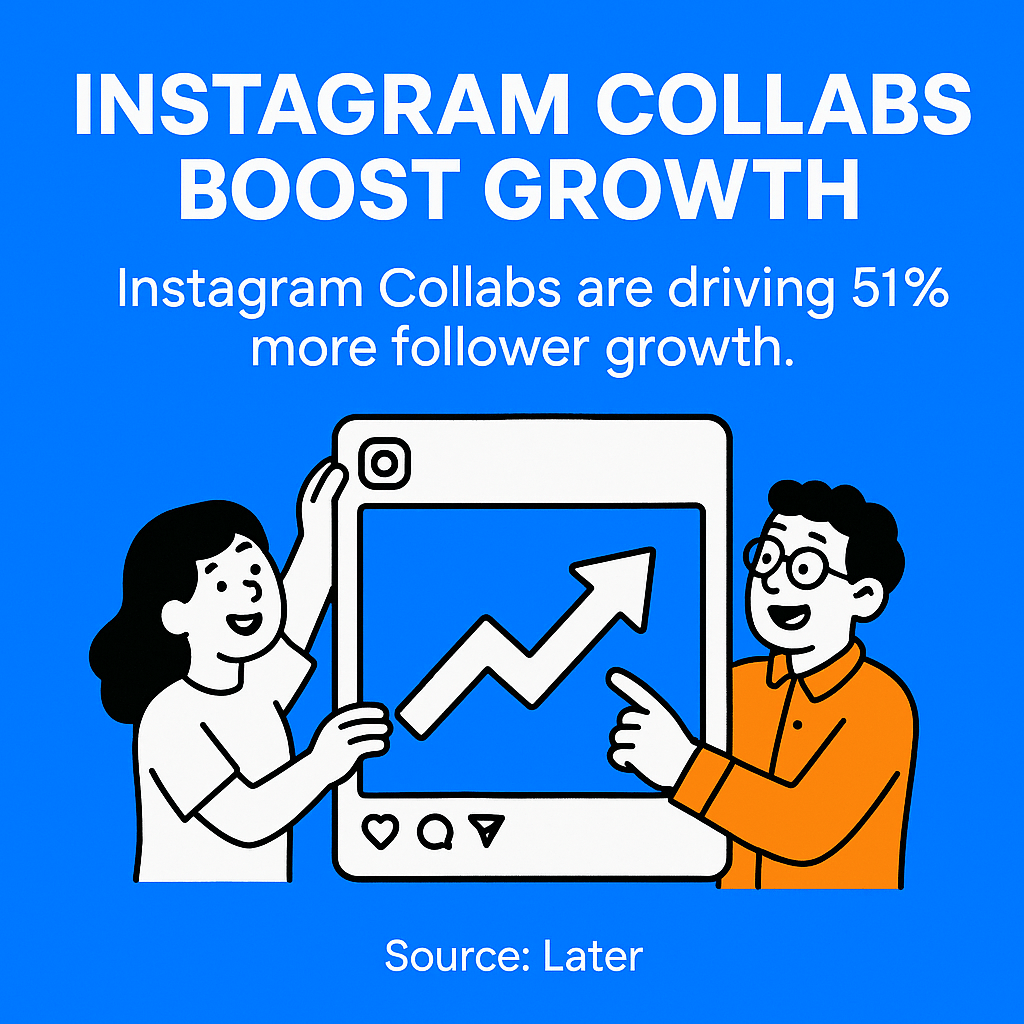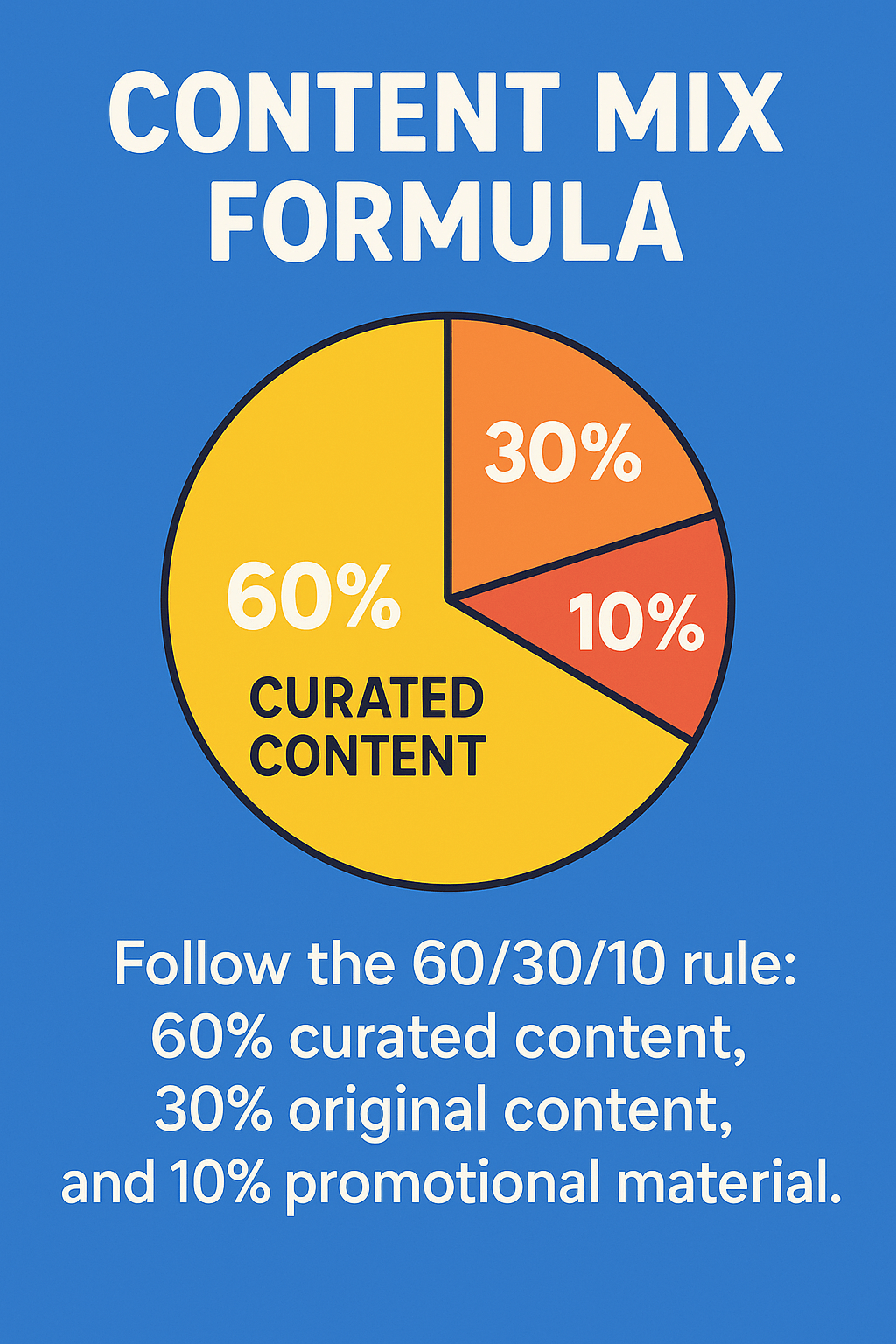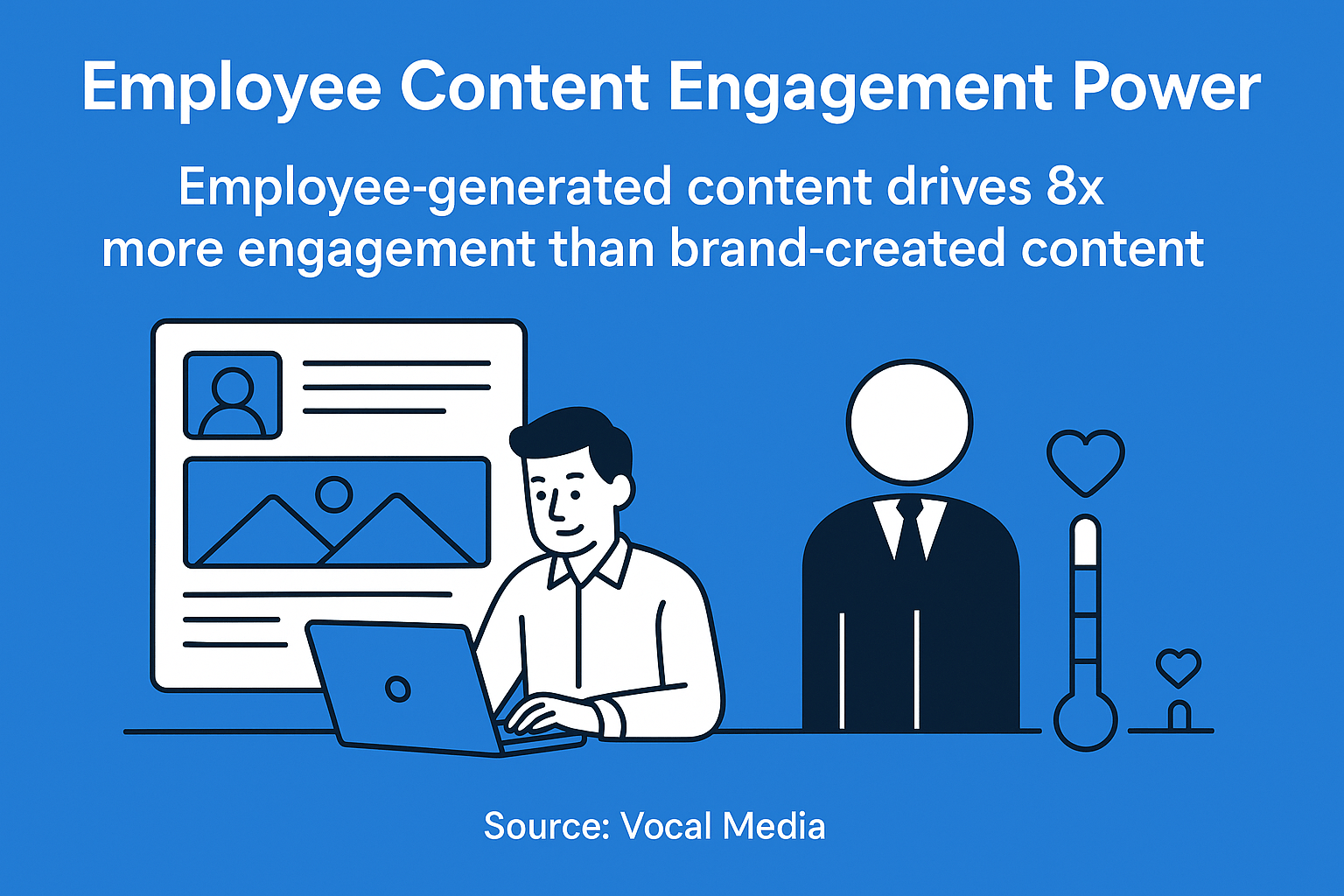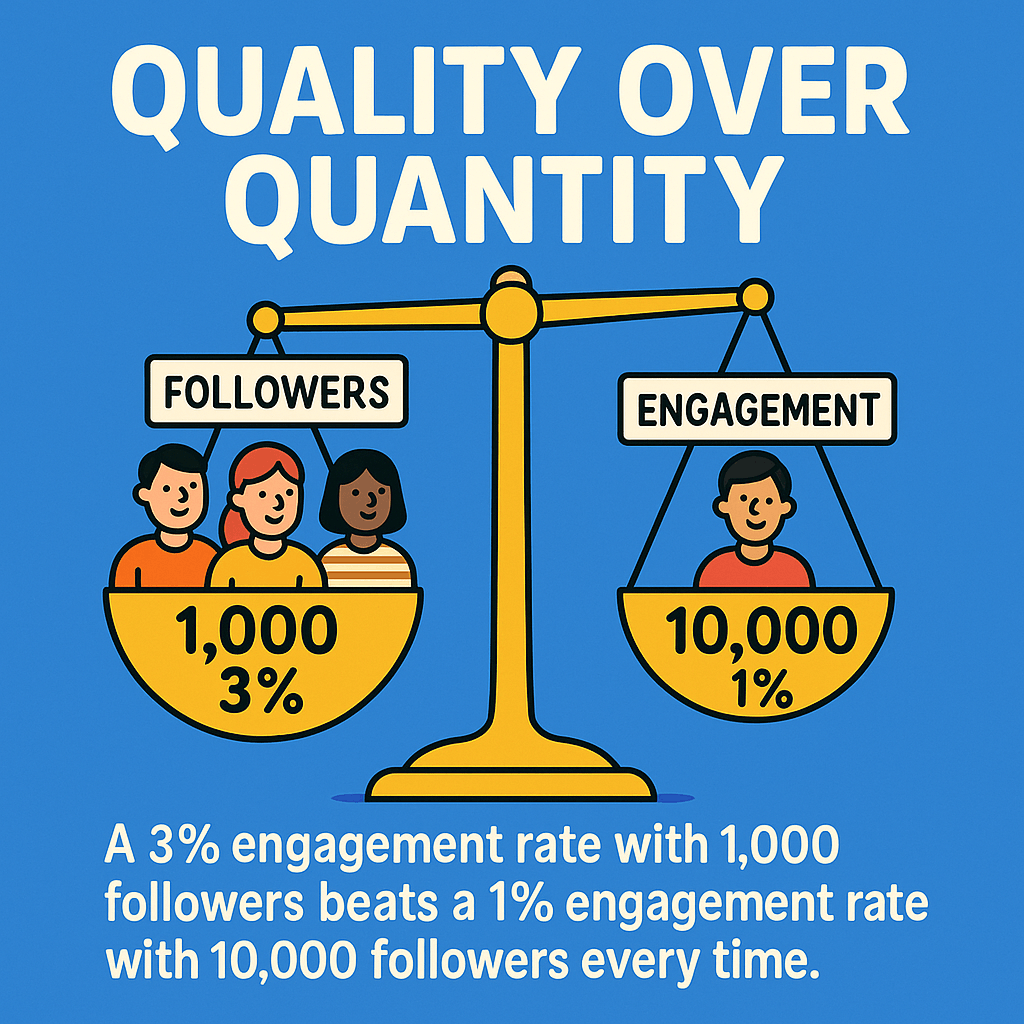Unlocking Strategies for Effective Social Media Growth
Let’s be honest – scrolling through social media and seeing competitors with massive followings while your posts get three likes (one from your mom) is pretty soul-crushing. But here’s the thing: social media growth isn’t some mysterious dark art practiced by influencers with Ring Lights and perfect teeth. It’s actually a science, and we’re about to decode it for you.
The social media game has changed dramatically. What worked in 2019 won’t cut it in 2025, and the platforms are constantly shifting their algorithms faster than you can say “Instagram update.” But don’t panic – there’s a method to this madness, and successful brands are using proven strategies to build engaged communities that actually drive business results.
Here’s what we’ll cover: the exact playbook that’s helping marketers crack the code on organic growth, platform-specific tactics that actually work, and the tools that’ll make your life infinitely easier. Plus, we’ll share the metrics that matter (hint: it’s not just follower count) and help you avoid the common pitfalls that tank engagement faster than posting a blurry photo.
Understanding the Social Media Growth Foundation
Before we dive into the tactical stuff, let’s talk about what social media growth actually means in 2025. Spoiler alert: it’s not about vanity metrics anymore. The brands crushing it right now understand that 54% of consumers use social media to research products before purchasing (Source: Sprout Social). This means your social presence needs to be more than just pretty pictures – it needs to be a conversion machine.

Smart marketers are focusing on what we call the “engagement-to-conversion pipeline.” This means creating content that doesn’t just get likes, but actually moves people toward becoming customers. Think of it as building a funnel where your social content acts as the top layer, nurturing followers through valuable content until they’re ready to buy.
The foundation of effective social media growth rests on three pillars: consistent value delivery, authentic engagement, and strategic content distribution. Notice we didn’t mention “posting every day” or “using all the hashtags.” Those tactics are surface-level. The real magic happens when you understand your audience’s pain points and consistently provide solutions that make their lives better.
| Growth Pillar | Key Elements | Success Metrics |
|---|---|---|
| Value Delivery | Educational content, problem-solving posts, industry insights | Saves, shares, click-through rates |
| Authentic Engagement | Genuine responses, community building, conversation starters | Comment quality, response rates, message volume |
| Strategic Distribution | Optimal timing, platform-specific formatting, cross-promotion | Reach, impressions, engagement rates |
Platform-Specific Growth Strategies
Here’s where things get interesting. Each platform has its own personality, algorithm quirks, and audience expectations. What works on LinkedIn will absolutely bomb on TikTok, and Instagram tactics won’t translate to Twitter (sorry, X). Let’s break down the winning strategies for each major platform, based on what’s actually working right now.
Instagram: The visual storytelling powerhouse has evolved into a full-blown discovery engine. Instagram Collabs are driving 51% more follower growth (Source: Later) because they tap into shared audiences. The secret sauce? Consistently sharing Reels that showcase your expertise while adding keywords to your name field for better discoverability. Startups are particularly effective at using Instagram for growth by focusing on behind-the-scenes content that humanizes their brand.

LinkedIn: This isn’t your grandfather’s professional network anymore. Native video content is getting 5x more engagement than text posts, and thought leadership articles are performing better than ever. The key is sharing industry insights with a personal spin – people want to connect with humans, not corporate robots.
TikTok: Short-form video dominance is real, and the algorithm rewards authenticity over production value. Focus on trending sounds, quick tips, and content that’s genuinely helpful. Don’t try to be perfect – try to be relatable.
Twitter/X: The conversation platform thrives on real-time engagement and timely commentary. Thread-style content performs exceptionally well, especially when breaking down complex topics into digestible chunks.
| Platform | Best Content Types | Posting Frequency | Peak Engagement Times |
|---|---|---|---|
| Reels, Carousels, Stories | 1-2 posts daily | 12-3 PM, 7-9 PM | |
| Articles, Native video, Polls | 3-5 posts weekly | 8-10 AM, 12-2 PM | |
| TikTok | Short videos, Trends, Tutorials | 1-3 posts daily | 6-10 AM, 7-9 PM |
| Twitter/X | Threads, Real-time updates, Replies | 3-5 tweets daily | 8-10 AM, 12-3 PM |
Content Creation and Curation Strategies
Let’s talk about the elephant in the room: creating enough content to feed the social media beast without burning out your team. The brands winning right now aren’t trying to create everything from scratch – they’re strategic about mixing original content with smart curation. Building a strong social media presence requires this balanced approach to content creation.
The 60/30/10 rule is your new best friend. 60% of your content should be curated from industry sources (with proper attribution, obviously), 30% should be original content that showcases your expertise, and 10% should be promotional material about your products or services. This ratio keeps your feeds fresh without overwhelming your team’s bandwidth.

Employee-Generated Content (EGC) is absolutely crushing it right now. Why? Because authentic behind-the-scenes content from real team members performs better than polished corporate posts. Employee-generated content drives 8x more engagement than brand-created content (Source: Vocal Media).

AI-Powered Content Assistance is becoming essential, not optional. Tools like ChatGPT can help with ideation and optimization, but they should enhance human creativity, not replace it. The most successful brands use AI to brainstorm content ideas and optimize posting schedules, while keeping the human touch in actual content creation.
- Content batching: Create multiple pieces of content in focused sessions to maintain consistency and quality
- Repurposing mastery: Turn one blog post into 10 social media posts across different formats and platforms
- User-generated content campaigns: Encourage your audience to create content featuring your brand
- Trend hijacking: Jump on relevant trends quickly while they’re still hot
- Cross-platform optimization: Adapt content for each platform’s unique requirements and audience expectations
Essential Tools and Analytics
Okay, let’s talk tools – because trying to manage social media growth without the right tech stack is like trying to build IKEA furniture without the little wrench. You’ll technically survive, but why would you put yourself through that torture? Effective social media strategies rely heavily on having the right tools in your arsenal.
Content Scheduling and Management: Buffer remains a favorite for its clean interface and solid analytics, while Hootsuite dominates for larger teams needing collaboration features. For AI-powered content curation and scheduling, platforms like Quuu automatically curate and schedule engaging content that matches your brand voice.
Analytics and Reporting: Sprout Social provides detailed reporting that actually helps you make better decisions. Regular reporting cadence – monthly health checks plus quarterly deep dives – is recommended to stay agile (Source: Sprout Social). The key is tracking metrics that align with your business goals, not just vanity metrics.
Content Creation Tools: Canva has democratized design for non-designers, while Loom makes creating quick tutorial videos ridiculously easy. Don’t overlook Unsplash for high-quality stock photos that don’t look like stock photos.
| Tool Category | Top Tools | Best For | Price Range |
|---|---|---|---|
| Scheduling | Buffer, Hootsuite, Quuu | Consistency and automation | $15-100/month |
| Analytics | Sprout Social, Google Analytics | Performance tracking | $99-249/month |
| Content Creation | Canva, Loom, Unsplash | Visual content | Free-$30/month |
| Community Management | Agorapulse, Sendible | Engagement tracking | $79-159/month |
Measuring Success: Metrics That Actually Matter
Time for some tough love: if you’re still celebrating follower count milestones while your website traffic from social media is flatlining, you’re measuring the wrong things. The metrics that actually matter in 2025 are the ones that connect directly to business outcomes. Winning social media campaigns focus on metrics that drive real business results, not vanity numbers.
Here’s what successful brands are tracking now: engagement rate (likes, comments, shares divided by followers), click-through rate to your website, conversion rate from social traffic, and customer acquisition cost from social channels. These metrics tell you whether your social media efforts are actually contributing to business growth.
Engagement Rate: This is your north star metric. A 3% engagement rate with 1,000 followers beats a 1% engagement rate with 10,000 followers every time. Quality beats quantity, and engaged audiences convert better than passive ones.

Reach and Impressions: These help you understand how many people are seeing your content and how often. If your reach is declining, it might be time to refresh your content strategy or posting schedule.
Website Traffic from Social: This bridges the gap between social activity and business results. Use Google Analytics to track how social visitors behave on your site compared to other traffic sources.
- Save rates: High save rates indicate valuable content that people want to reference later
- Share rates: When people share your content, they’re essentially endorsing your brand to their network
- Comment sentiment: Positive comments indicate strong brand affinity and community health
- Story completion rates: Shows how compelling your storytelling is across platforms
Common Pitfalls and How to Avoid Them
Let’s have a real talk about the mistakes that are sabotaging your social media growth. We’ve seen countless brands make these same errors, and honestly, it’s painful to watch. The good news? These pitfalls are totally avoidable once you know what to look for.
The “Post and Ghost” Syndrome: This is when brands post content and then disappear until the next scheduled post. Social media is called “social” for a reason – it requires actual interaction. Fresh social media content ideas are meaningless if you’re not engaging with your audience consistently.
Over-Polished Content: Authenticity wins every time. Content that looks too perfect or corporate often performs worse than genuine, slightly imperfect posts. People want to connect with humans, not marketing departments.
Ignoring Platform Nuances: Each platform has its own culture, optimal formats, and audience expectations. What works on LinkedIn will bomb on TikTok, and Instagram tactics won’t translate to Twitter. Adapt your content for each platform’s unique environment.
Inconsistent Posting: Sporadic posting confuses the algorithm and frustrates your audience. Consistency builds trust and helps platforms understand when to show your content. It’s better to post less frequently but consistently than to post in random bursts.
| Common Mistake | Why It Hurts Growth | Quick Fix |
|---|---|---|
| Only posting promotional content | Audiences tune out sales-heavy accounts | Follow the 60/30/10 content ratio |
| Neglecting community management | Reduces engagement and trust | Respond to comments within 2-4 hours |
| Using irrelevant hashtags | Attracts wrong audience, hurts reach | Research and use targeted hashtags |
| Copying competitors exactly | Lacks unique value proposition | Adapt successful strategies to your brand |
Building Long-Term Growth Strategies
Here’s the thing about social media growth: it’s a marathon, not a sprint. The brands that are still thriving five years from now won’t be the ones that went viral once – they’ll be the ones that built sustainable systems for consistent value delivery. Growing followers requires patience, consistency, and a focus on providing genuine value to your audience.
Think of your social media strategy like compound interest. Small, consistent efforts compound over time into massive results. A brand that posts valuable content consistently for six months will outperform a brand that posts sporadically for two years, even if the sporadic poster has more individual viral moments.
Community Building Over Follower Chasing: Focus on creating a loyal community of engaged followers rather than accumulating passive followers. A community of 5,000 engaged followers who regularly interact with your content is infinitely more valuable than 50,000 passive followers who never engage.
Content Pillars: Develop 3-5 core content themes that align with your audience’s interests and your business goals. This ensures your content stays focused and valuable while giving you endless content ideas within your established framework.
Relationship Building: Invest time in building genuine relationships with other creators, industry leaders, and potential customers. Social media is ultimately about human connections, and authentic relationships drive long-term growth better than any algorithm hack.
The most successful social media strategies are built on a foundation of understanding your audience deeply, providing consistent value, and maintaining authentic engagement. These fundamentals never go out of style, regardless of platform changes or algorithm updates.
Ready to put these strategies into action? Start by auditing your current social media presence, identifying which platforms align best with your audience, and establishing a consistent posting schedule. Real growth case studies show that consistent implementation of these strategies delivers measurable results within 3-6 months.






